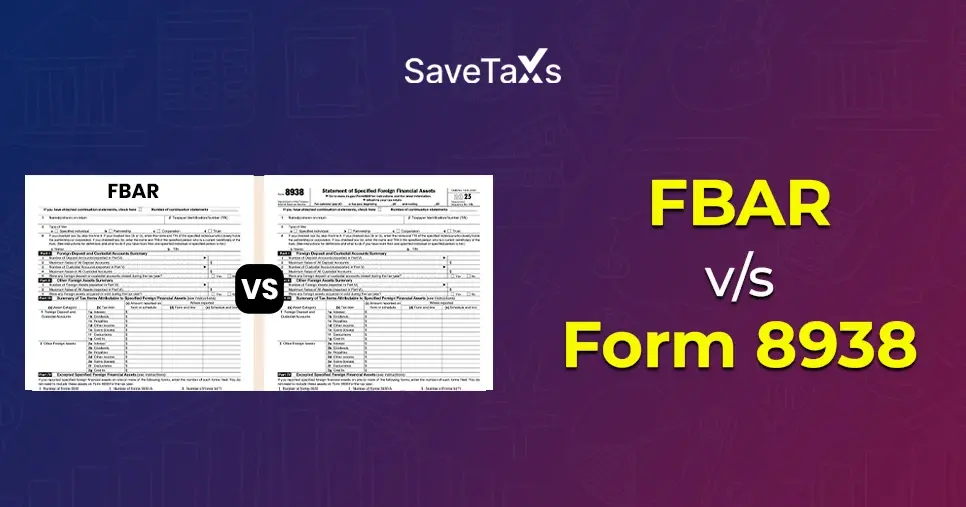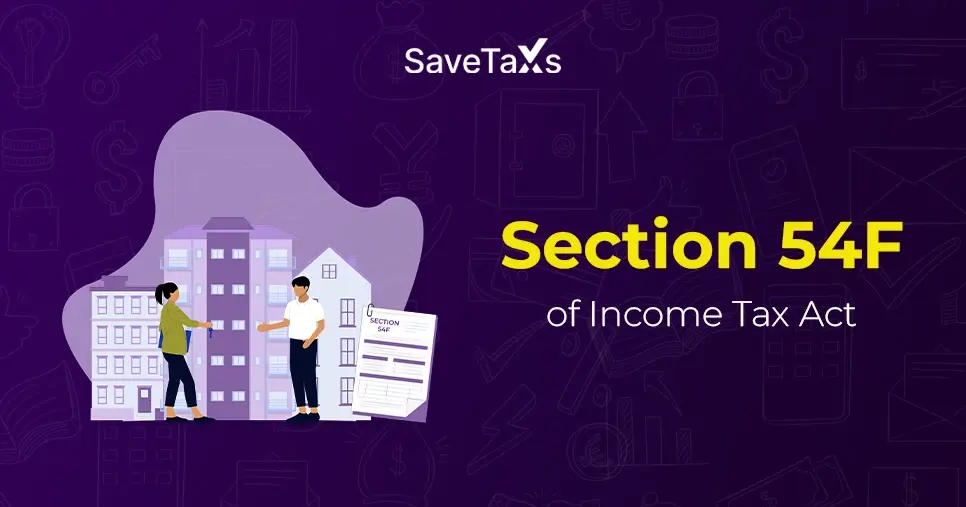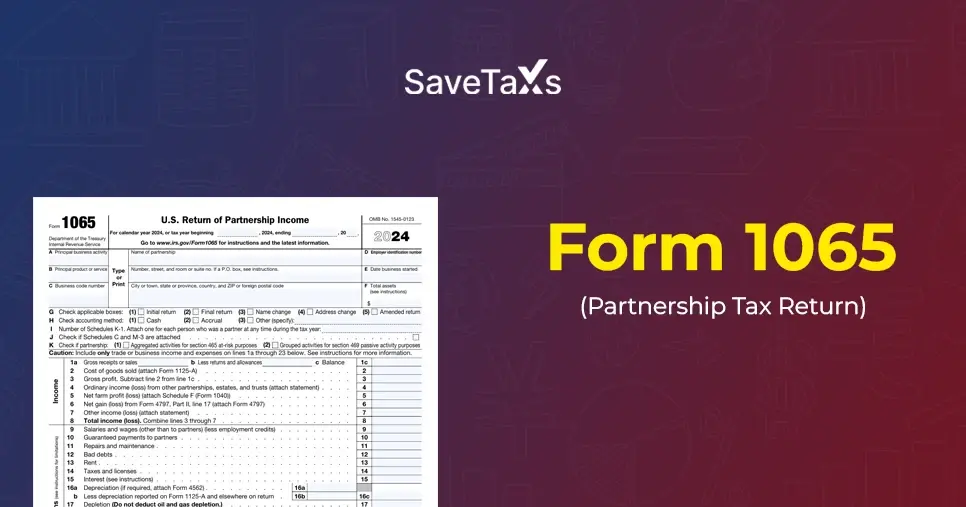Getting a scrutiny notice under section 143(2) means the Income Tax Department has selected your IT return for a detailed investigation. This notice is ruled out when the assessing officer has either not received any documents or they are not satisfied with what they have received.
However, the notice does not directly mean you have avoided the taxes; it means that the department wants some explanation and clarification over what you have filed.
In simpler terms, the notice under Section 143(2) is a scrutiny assessment notice. This means the income tax department has come across some issues in your IT and asks you for further explanation or clarification to resolve them.
In this blog, we will understand the basics of the notice and how to respond to it when received.
What Does A Notice Under Section 143(2) Mean?
A notice under section 143(2) means a scrutiny notice. This is issued when the tax department finds an inconsistency and a mismatch in your ITR.
However, before issuing a scrutiny notice under section 143(2), the IT department sends an intimation under section 142(1). If the response to that intimation is not sent, or is not satisfactory, then the assessing officer issues the final notice under section 143(2).
The inconsistencies and discrepancies found in one's ITR can be related to anything, such as over-reporting the losses, under-reporting the income, or claiming the deductions that you are not eligible for.
This is to keep in mind that receiving a scrutiny notice does not blatantly mean you are guilty; it is only issued to ensure that you have not underpaid the taxes by any means.
Reasons Why A Notice Under Section 143(2) Is Issued
As mentioned, notice under Section 143(2) of the Income Tax Act 1961 is issued when the assessing officer identifies a mismatch or discrepancy in your ITR. The following are some of the situations under which the notice can be issued.
- A major inconsistency between Form 26AS (or) AIS.
- The turnover calculated as per the tax audit report does not match the turnover as per the GST records.
- According to the income earned, the amount of claimed tax deduction is not appropriate.
- The income tax return includes high-value transactions as per Form 26AS.
- As per the records of the registrar, the property sale transactions are not disclosed in the ITR.
Types Of Income Tax Notices Under Section 143(2)
Below is a rundown of the types of notices you can receive under section 143(2) of the Income Tax Act, 1961.
The Limited Scrutiny
These types of notices come under the Computer-Assisted Scrutiny Selection (CASS). These cases to which such notice is sent are selected on predefined parameters.
These cases have inaccurate income tax returns, mismatches, or incorrect information. The assessment or scieity here will be done only on the area of return that is mentioned in the notice. Let us say a scrutiny claiming a foreign tax credit or assessment on the sale of property, and so on.
The Complete Scrutiny
As the name suggests, you will undergo a complete review of the income tax return filed and all the other supporting documents. The cases here will be flagged based on the CASS. Ensure that, under this scrutiny, the assessing officer may check the returns from previous years.
Manual Scrutiny
Here, the criteria of security are defined by the Central Board of Direct Taxes. The criteria here are subject to change every year, and the cases selected under this are scrutinized completely.
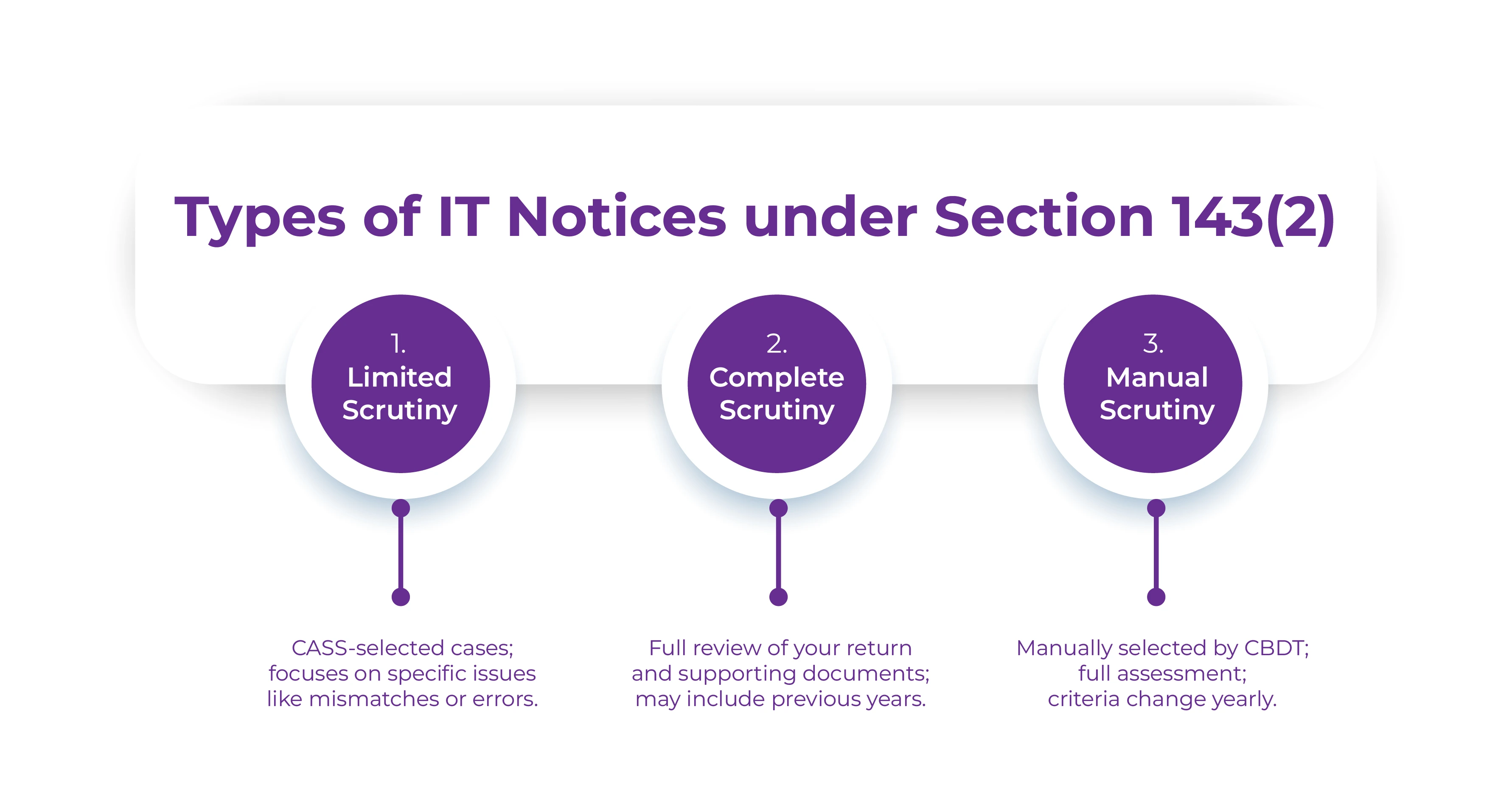
Time Limit To Issue Notice Under Section 143(2)
The scrutiny or assessment notice under section 143(2) can be issued within a period of three months. This period starts from the end of the financial year in which the income tax return was filed.
Say, for example, Mr Mukesh filed his income tax return on 31 July 2025 for the FY 2024-25. Now, as per this, the assessing officer can issue the notice u/s 143(2) till 30 June 2026 only. Now this is because the IT department only allows the issuance of such notices within a period of three years from the end of the academic year in which the return was filed.
What is Faceless Assessment Under Section 144B?
Faceless assessment is a system via which the Income Tax Department conducts tax scrutiny assessment electronically. Through this system, the notices are directly uploaded to the Income Tax portal. And if you wish to check the notices, log in to your account on the portal and check them.
However, the taxpayer against whom the notice is issued received it via email or SMS. Response to such a notice can be given online through your income tax portal.
The Faceless Assessment system ensures that the tax assessments are conducted online without you having to visit the Income Tax Department in person.
What You Should Know About Section 143(2) Notice?
Here are a few things that you must know about a notice issued under section 143(2)
- The income tax notice can be received in a PDF format via email, or you can also get the notice via SMS.
- No ITR filed means you will not receive any income tax notice under section 143(2). But the assessing will issue a notice under section 142(1) in which he/she will ask you to file the returns.
- As per the Faceless Assessment Scheme, the income tax notice is uploaded on the income tax portal. You can log into Portal and check the notices. Along with us, you will also receive an email or SMS regarding the issuance of such notices.
- You have to provide poof of all the income sources.
- You will have to undergo a detailed enquiry.
What Should I Do After Receiving Notice Under Section 143(2)?
The notice was received in the form of a PDF at your email address. The notice is also sent to the postal address of the concerned taxpayer.
Response Process of Notice Under Section 143(2)
- Log in to the Income Tax portal
- Go to the Worklist and then E proceedings.
- Choose the notice you want to respond to, and click on the "View Notice.
- Click on the "Submit Response"
- Now you can select any one "Agree" or "Disagree".
- In case you select Agree, upload the JSON file of the ITR generated by the offline utility and then submit it.
- In case of disagreement, choose the reason to disagree and submit.
- After doing so, you will receive a successful dialogue box that will display the transaction number.
What Will Happen If You Fail To Respond
Know that you cannot take this notice lightly and ignore it because the consequences of doing so are hefty. Here is what you will have to undergo if the notice is not responded to within the time period.
- A penalty of Rs 10,000 will be imposed under Section 272A.
- If the notice is not responded to within the timeline, the assessment office will close the assessment case with the information he/she has. This is known as closing the assessment with he best judgment under section 144.
- A higher taxable income can be considered, which will result in a higher tax and a similar higher penalty payable by the taxpayer.
- No response to the notice can lead to prosecution, and if found guilty, it will result in imprisonment.
What Is The Time Limit To Issue The Final Assessment Order
|
Assessment Year
|
Time limit from the end of the assessment year
|
|
2017-18 or before
|
21 months
|
|
2018-19
|
18 Months
|
|
2019-20
|
12 Months
|
Let The Experts Handle Your Section 143(2) Notice
Responding to the notice under section 143(2) within the timeline and accurately is important. Because if you did not respond within the time frame, the consequences and penalties might be heavy.
Now, as they say, one should avoid the root cause of the problem. Hence, NRI taxpayers must think about taking the assistance of a tax professional while filing their ITR to avoid such an income tax notice coming their way. However, if you have still gotten one, look for someone who has both technical and legal expertise in handling Indian Law.
One such expert we can discuss is Savetaxs. Savetaxs has been helping NRIs for a decade in handling and managing their ITRs in India and other tax-related services.
The experts here bring over 30 years of combined experience, ensuring your taxes are sorted and a 100% guarantee of maximizing your assets.
Note: This guide is for information purposes only. The views expressed in this guide are personal and do not constitute the views of Savetaxs. Savetaxs or the author will not be responsible for any direct or indirect loss incurred by the reader for taking any decision based on the information or the contents. It is advisable to consult either a CA, CS, CPA or a professional tax expert from the Savetaxs team, as they are familiar with the current regulations and help you make accurate decisions and maintain accuracy throughout the whole process.
 India
India
 USA
Tax Consultancy Services
USA
Tax Consultancy Services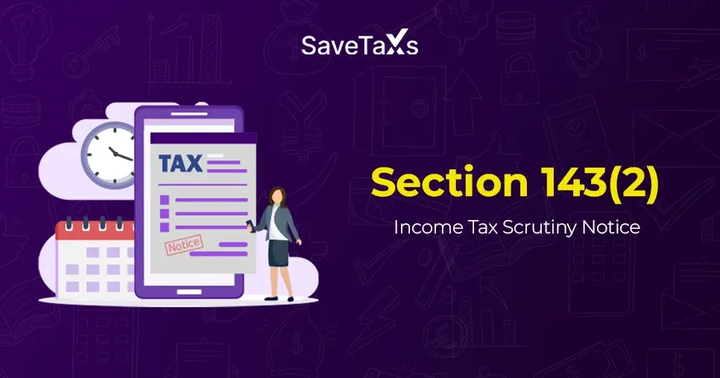


_1760618042.webp)
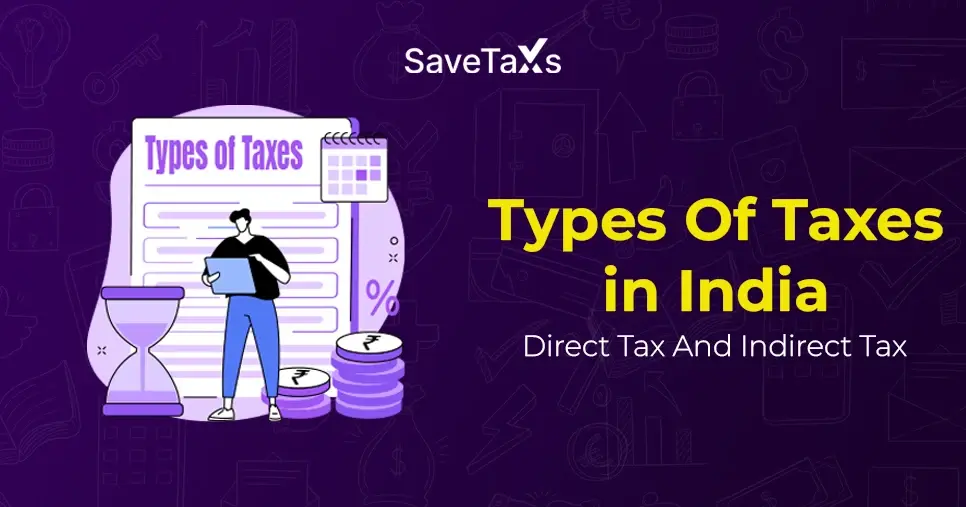
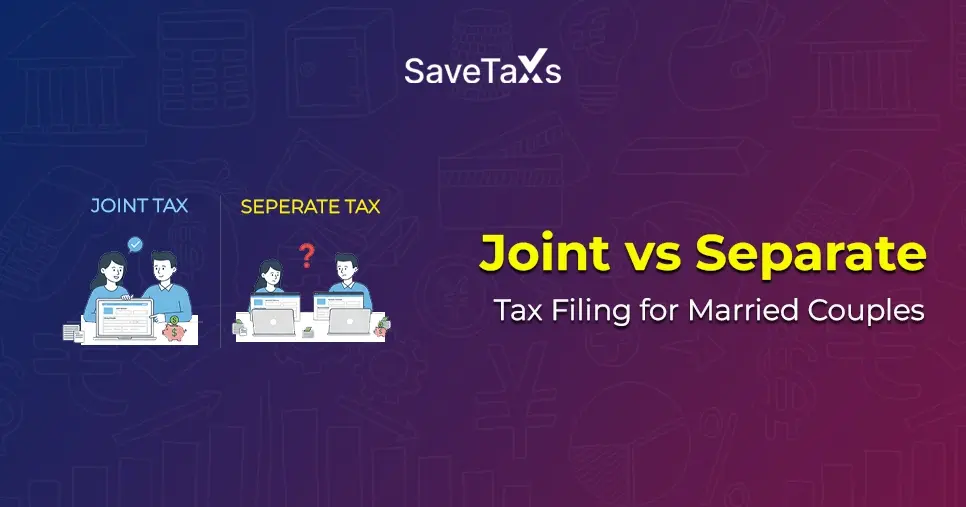
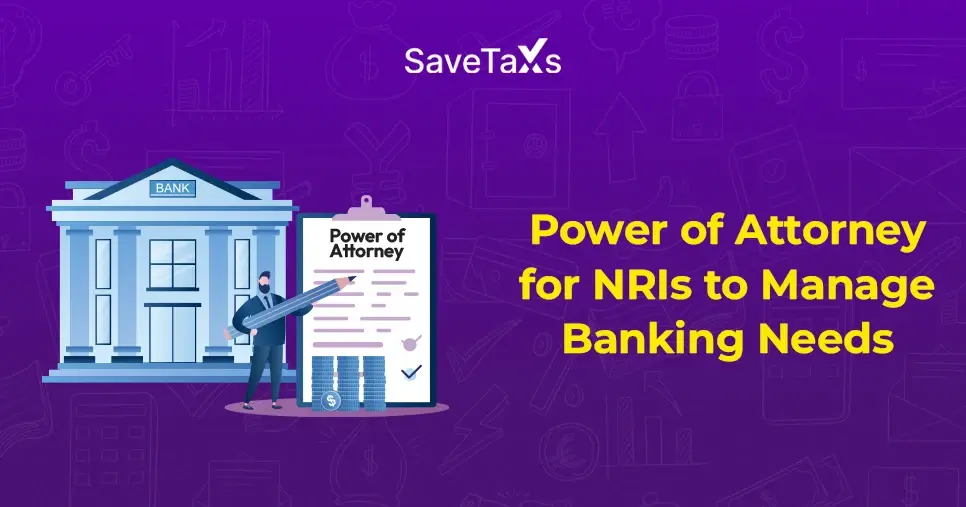
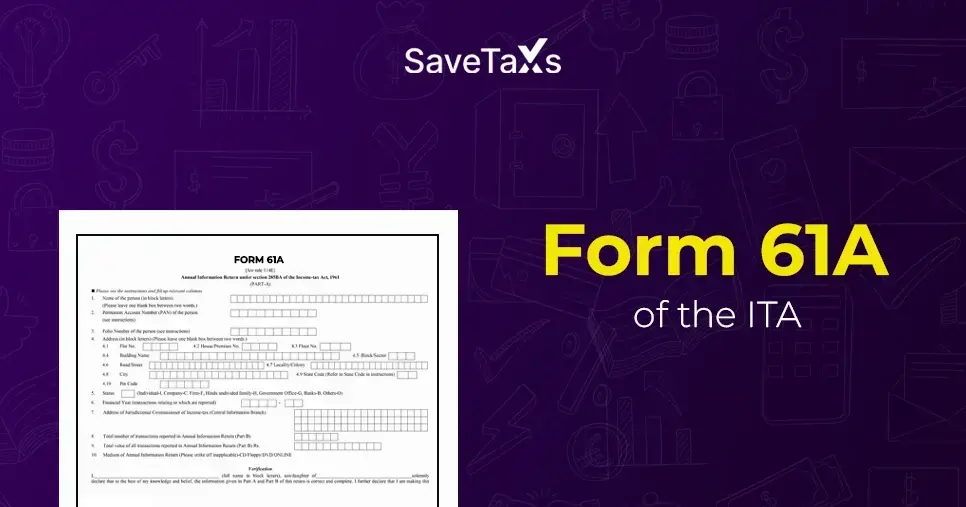
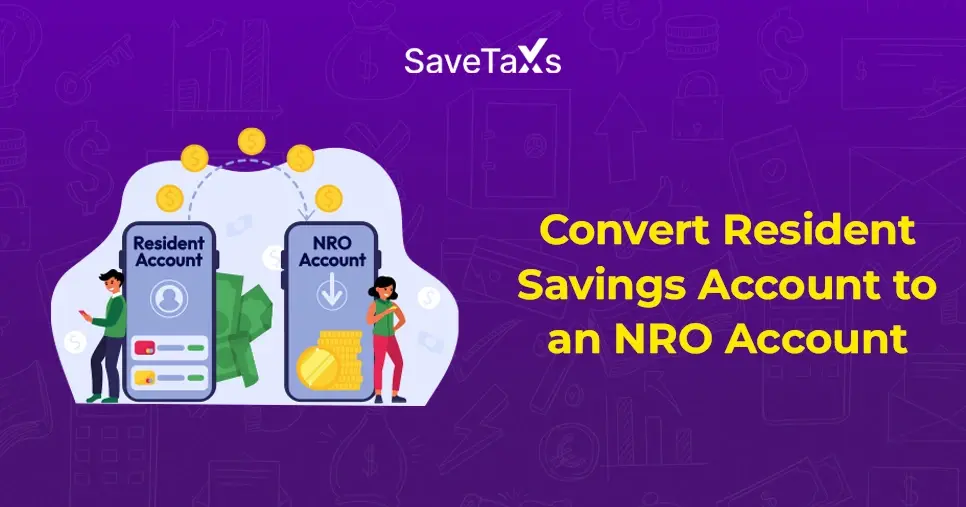
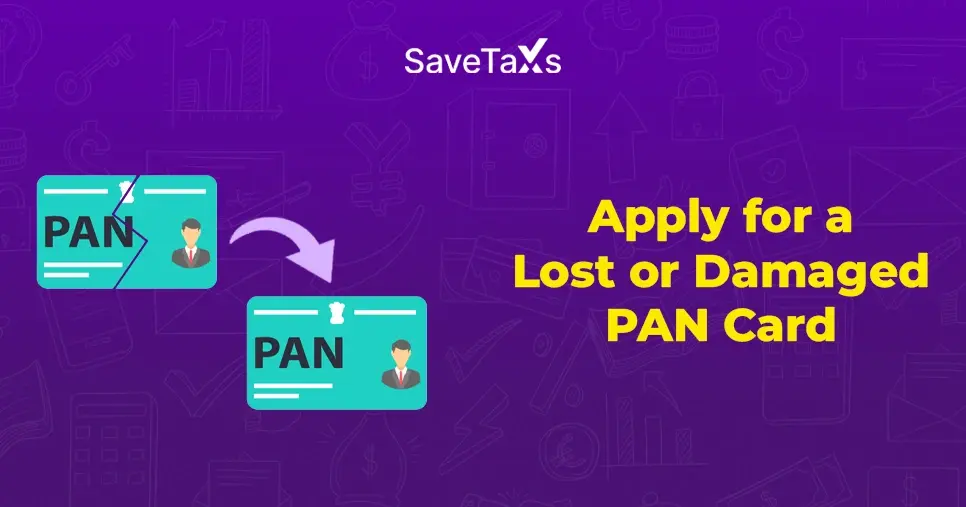
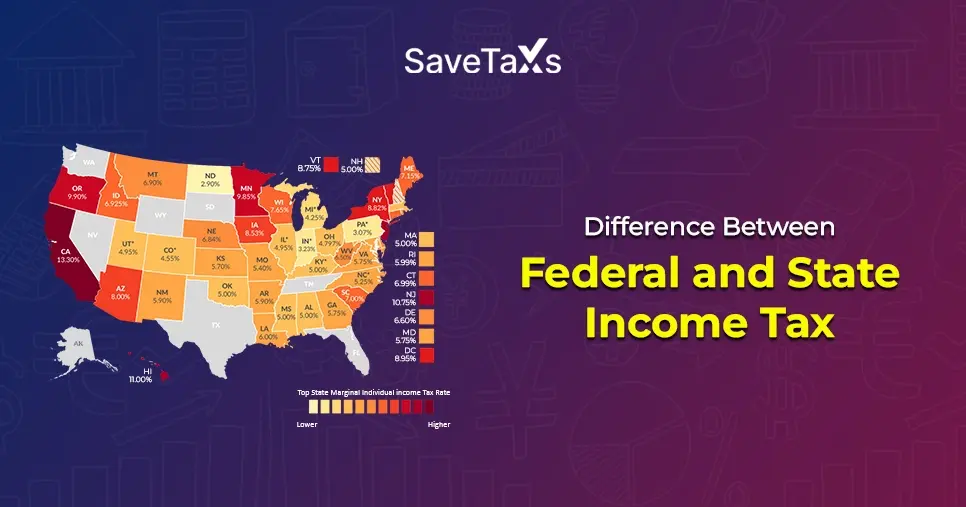
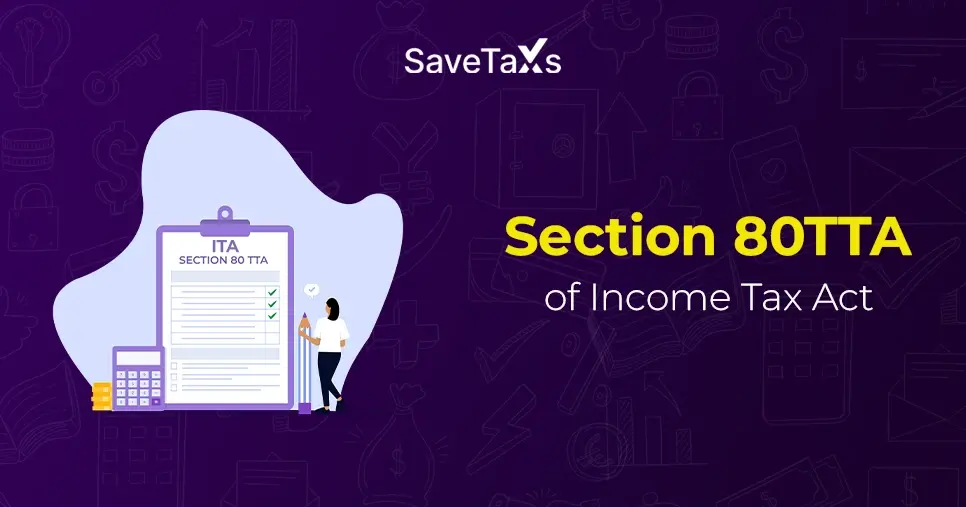
(i)-Of-The-Income-Tax-Act_1756812791.webp)
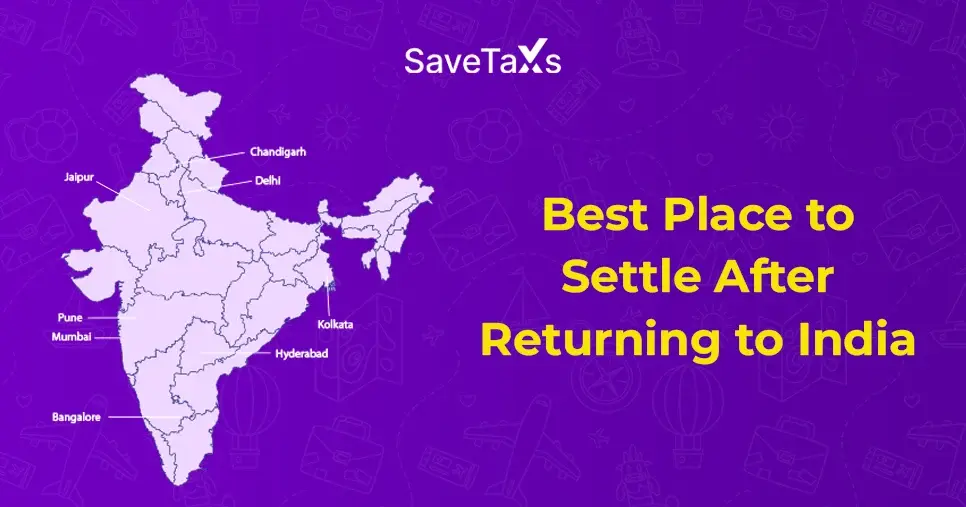
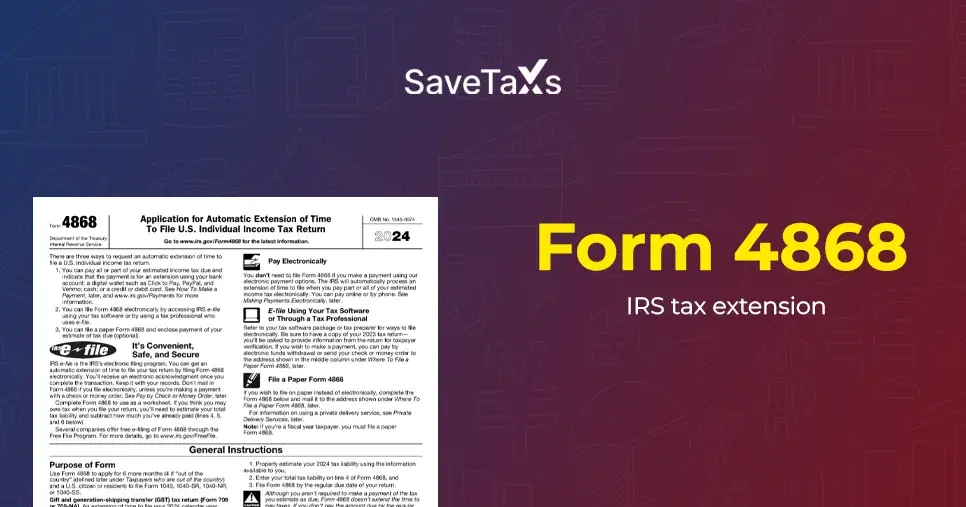
_1758631896.webp)
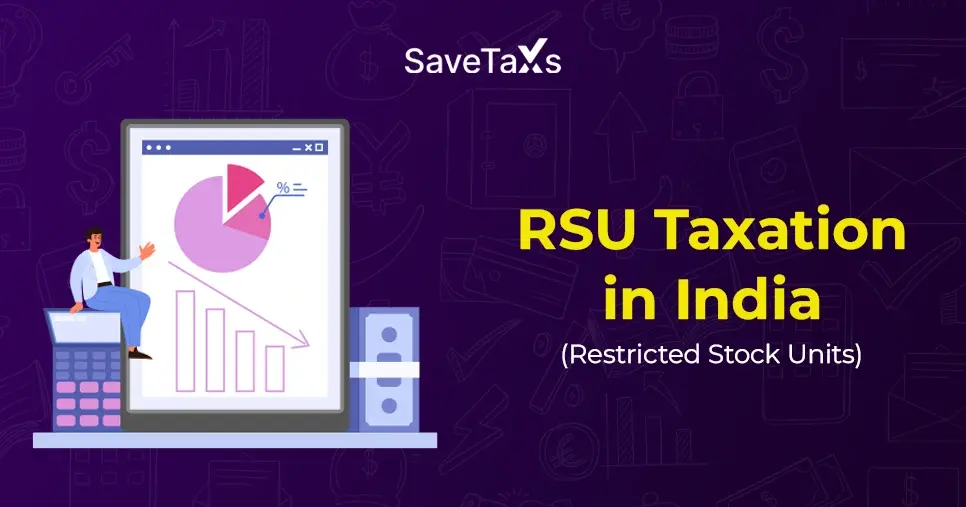
_1753429421.webp)
